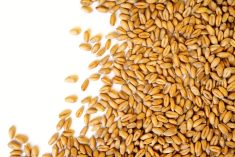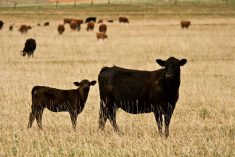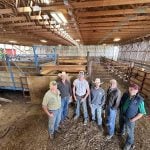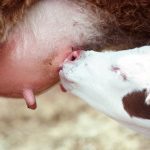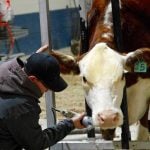Compared to last week, western Canadian yearling prices were quoted $3 to as much as $6 higher; calf markets once again traded $3-$5 on either side of unchanged depending on the region.
Unbridled buying interest was noted on larger groups of high-quality yearlings. Despite the grass conditions this summer, cattle characteristics are rated above average on frame, health and flesh levels. Live cattle futures surged nearly US$3 on Monday, which contributed to the firmer tone in the yearling market. There is also anticipation of lower feed grain prices. New-crop U.S. corn is trading at a $40 per tonne discount to current barley prices for November and December delivery. Most Prairie regions have received average to above-average precipitation over the past 30 days, which has rejuvenated pastures and forage conditions. Calf volumes were limited and only small groups were on offer. The quality of calves was also quite variable; therefore, buyers incorporated a risk discount in the lighter weight categories.
Read Also
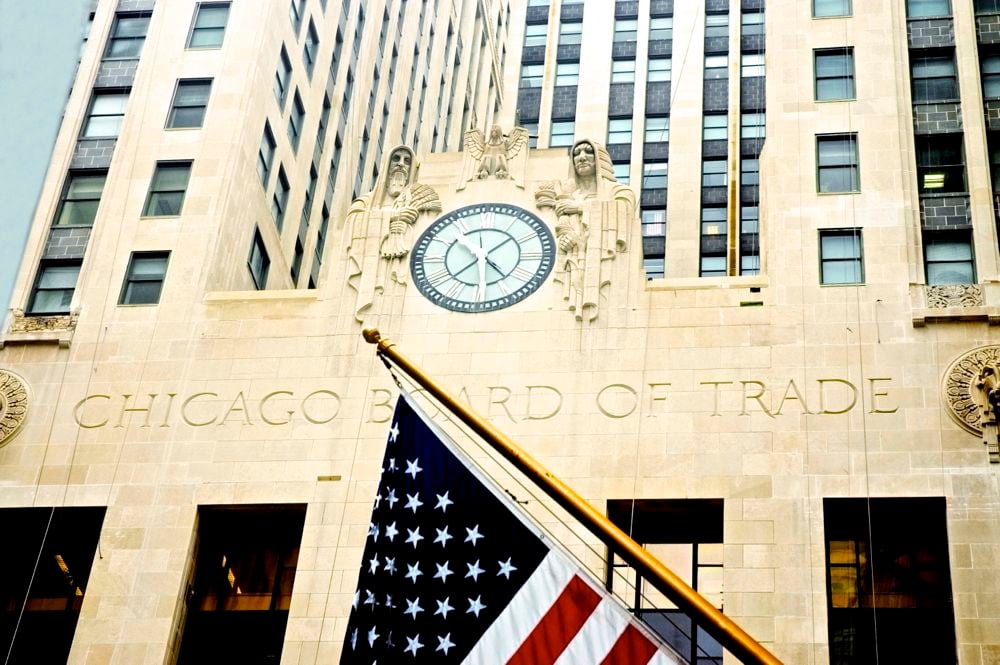
U.S. grains: Soy hits four-month high on hopes for China trade deal
U.S. soybean futures jumped to their highest level in more than four months on Monday on hopes that China will resume buying American supplies after President Donald Trump said the countries were set to reach a trade deal during his trip to Asia this week.
Larger-frame lower-flesh Angus-blended steers weighing just under 950 lbs. on full health program coming straight off grass dropped the gavel at $191 in central Alberta; a larger group of big-frame Simmental-blended heifers averaging 890 lbs. with full health records sold for $177 in the same region. In the Lethbridge area, larger-frame Charolais-based steers straight off pasture weighing 840 lbs. were valued at $199 landed in the feedlot and similar-quality and -weight heifers were quoted at $183. In central Saskatchewan, a small group of medium-frame mixed steers averaging 820 lbs. were reported at $192. In southern Manitoba, Charolais-cross steers averaging 855 lbs. were quoted at $194.
Northwest of Winnipeg, tan steers weighing 600 lbs. were valued at $215 and similar-quality heifers averaging 580 lbs. were quoted at $186. In central Saskatchewan, red and white face steers averaging 650 lbs. were valued at $222 and similar-quality heifers weighing 640 lbs. were quoted at $183. In central Alberta, mixed steers weighing 585 lbs. were valued at $233 and 500-lb. mixed heifers reportedly sold for $194. Small groups of lighter-weight bawlers were also available. East of Edmonton, black steers weighing 380 lbs. were quoted at $230; black heifers weighing 380 lbs, were valued at $203.
The feedlot operator is shying away from the light weights because silage and straw supplies are limited this year. For the rancher, the key this fall will be to hold calves until they are over 700 lbs. It may be difficult in some areas, but ranchers need to get the creative mindset. Yearlings will be hot all fall and winter; therefore, this is the year that you need to background these calves to get full value.
— Jerry Klassen manages the Canadian office of Swiss-based grain trader GAP SA Grains and Produits Ltd. and is president and founder of Resilient Capital, specializing in proprietary commodity futures trading and market analysis. Jerry consults with feedlots on risk management and writes a weekly cattle market commentary. He can be reached at 204-504-8339 or via his website at ResilCapital.com.




